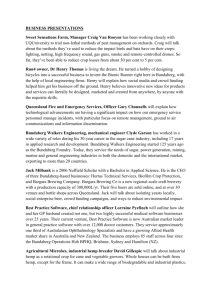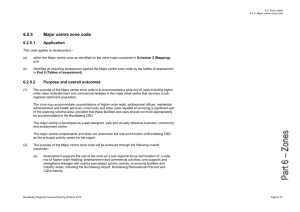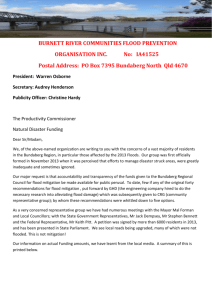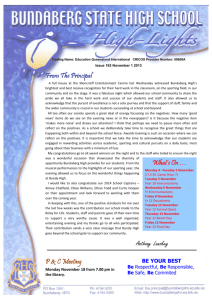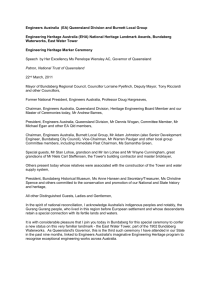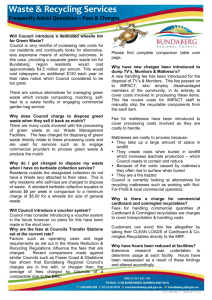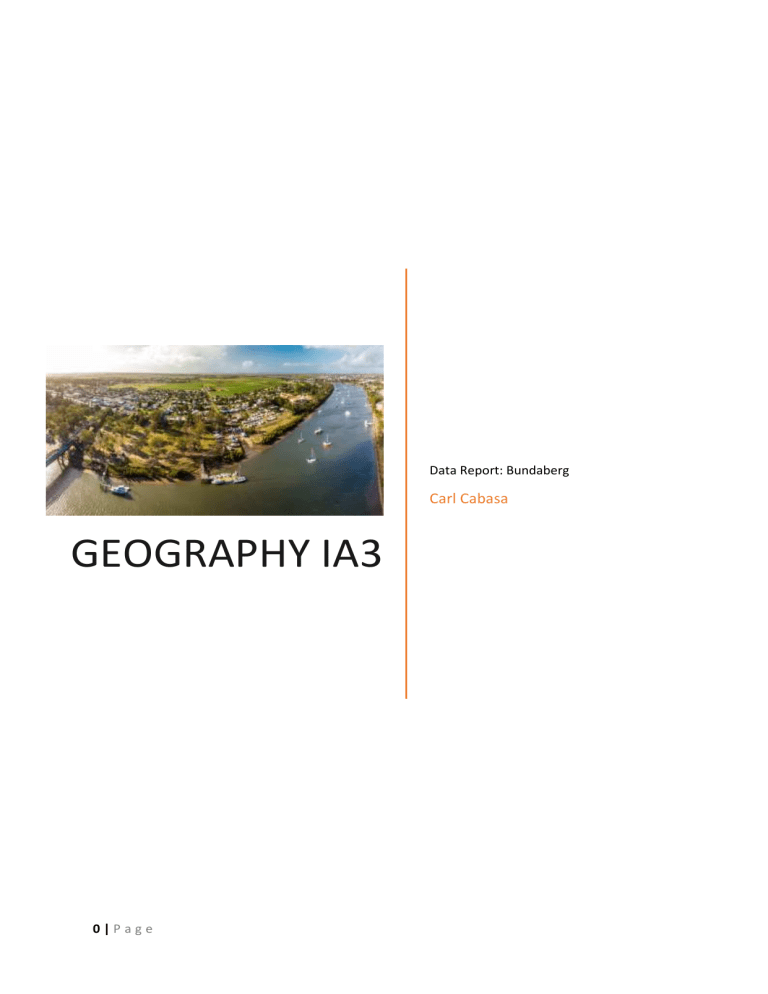
Data Report: Bundaberg Carl Cabasa GEOGRAPHY IA3 0|Page 1.0 introductions 1.1 Location and description Bundaberg a famous city known for its Rum. It is found north of Queensland’s capital; Brisbane through the Bruce highway. With Bundaberg’s location it’s has access to the Great Barrier reef as one of its tourists attractions. Figure 1: Bundaberg 1.2 Population structure According to Figures 2 and 3, the statistics show an increase in population for Bundaberg in the last 10 years. From 82,000 Residents in 2006 to 99,000 in 2016. In Figure 3 it shows an Age Sex pyramid., By looking at the age-sex pyramid we can see that Bundaberg is an aged population. By analysing the graph, we can see that through the ages of 0-45 Males are the dominant sex but from the ages of 50-85+ Females are living longer than men. Bundaberg’s Age sex pyramid exhibits an aged population. As in figure 3 the shape of the pyramid is a relative to a barrel which is associated to an aged population, with only 65+ years above is where there is a significant decrease in the population. 1.3 Comprehension and identification Bundaberg has a growing residential population, this is due to an increase in living standards through the economy, increase in education, housing, health, resident income, employment and tourism. Bundaberg area is located right next to the Great Barrier Reef making it a tourist’s hotspot, this also makes it a great place to immigrate to as high tourism rates will give out more jobs and opportunities. With warm weather throughout the whole year, and beautiful coastlines people are inclined to move to Bundaberg. Bundaberg also has a lot of sugar plantations which might explain the increase in male population for the younger ages. An increase education will also increase the population and employment rates, with industrialization synergizing as more of the population can pursue their dream jobs, and with industrialization creates jobs which increase employment rates. This in turns allows People to immigrate to Bundaberg and stay as there is everything, they need, but with good things there’s also negatives. An increase in economy will increase the costs of living such as housing, food, water, electricity, healthcare. 2.0 3.0 4.0 5.0 Data analysis on demographic challenges Proposed solutions References Appendix


